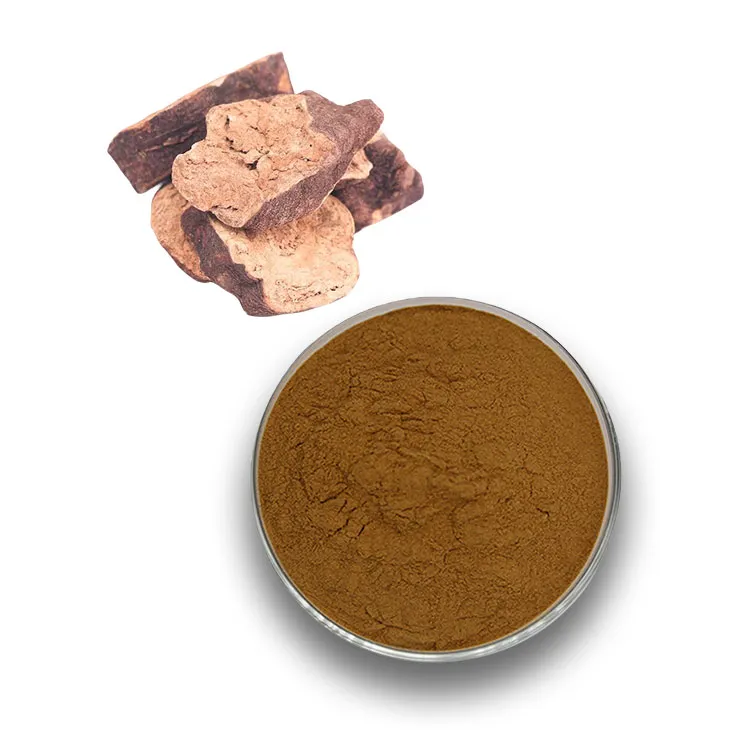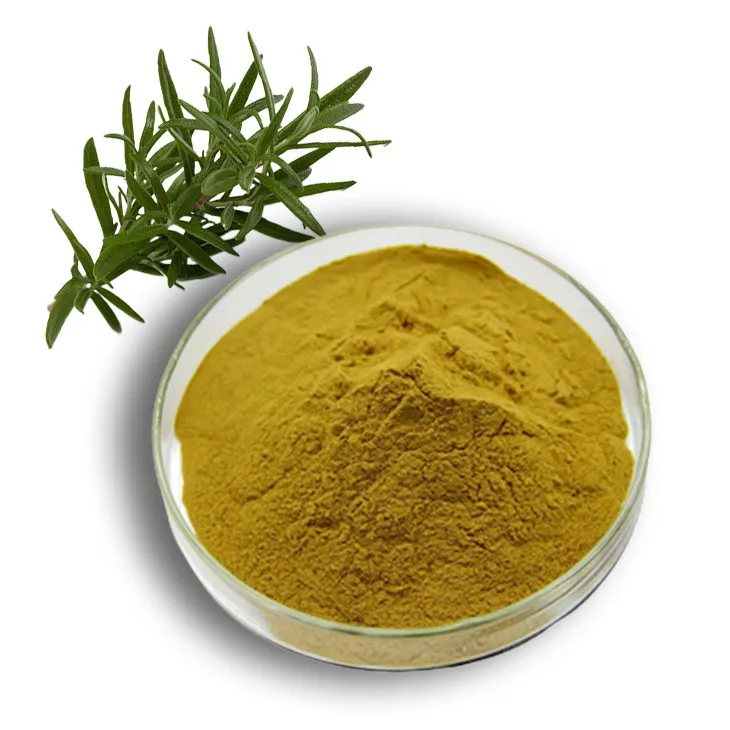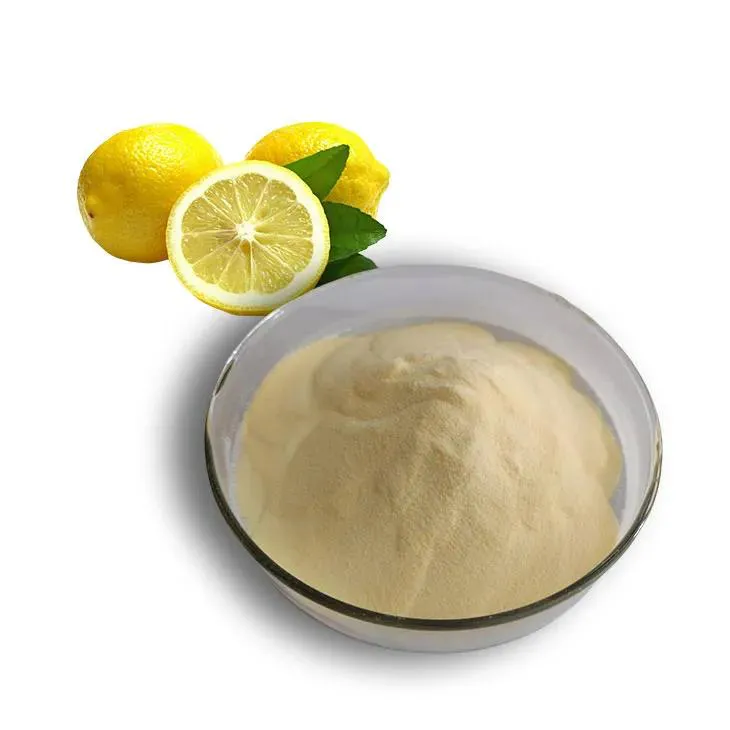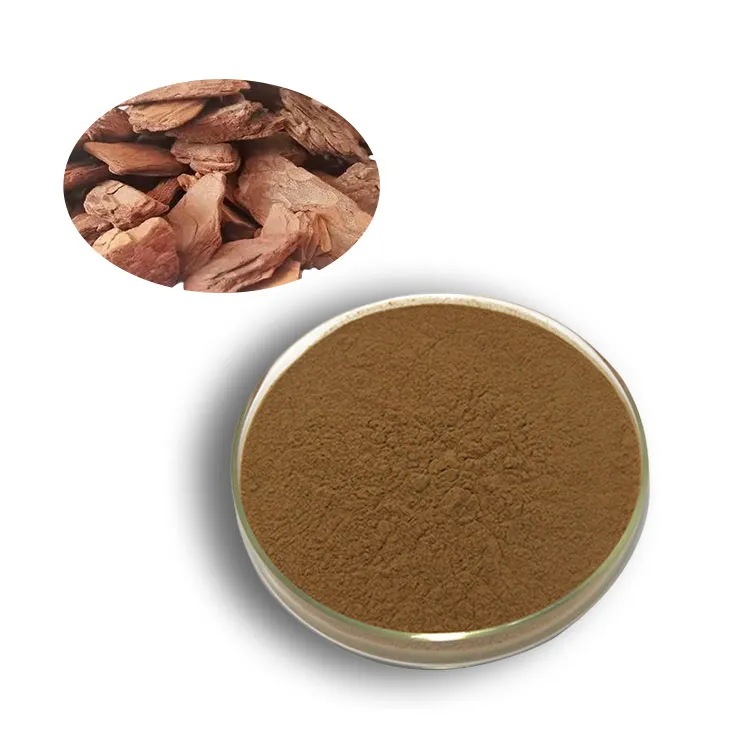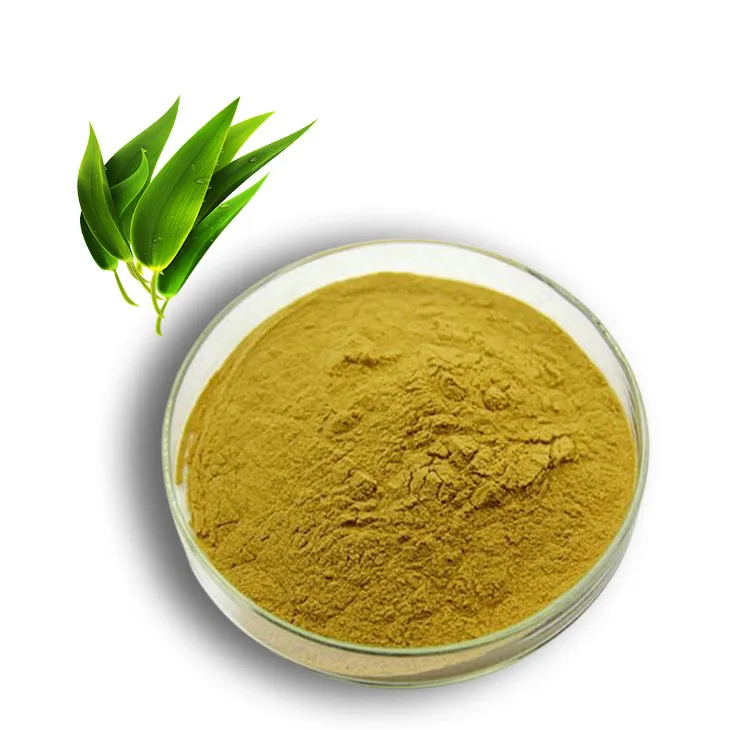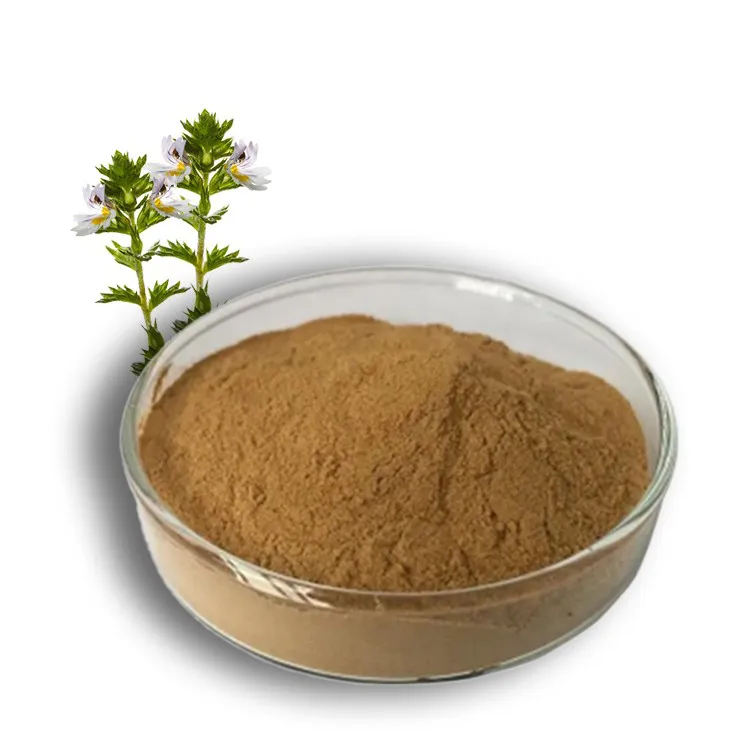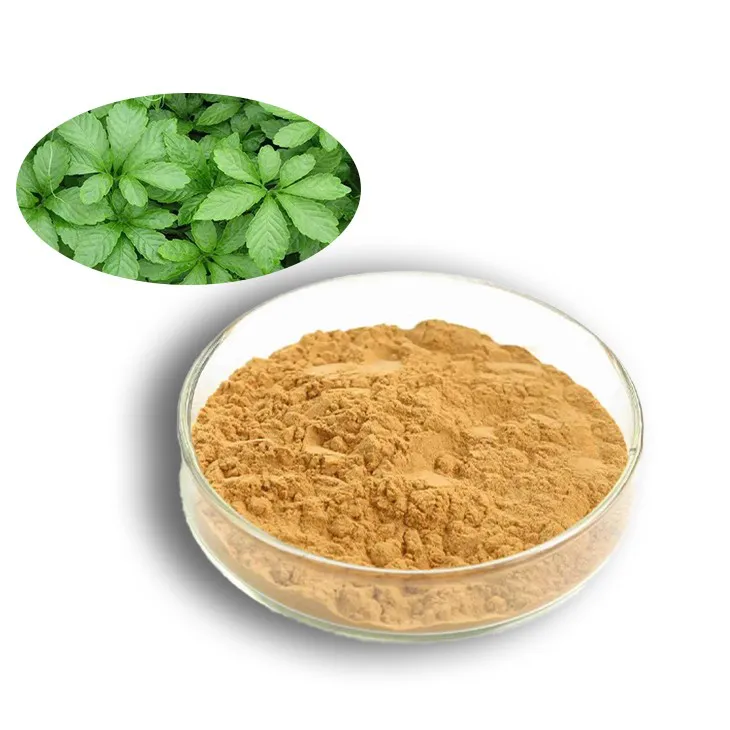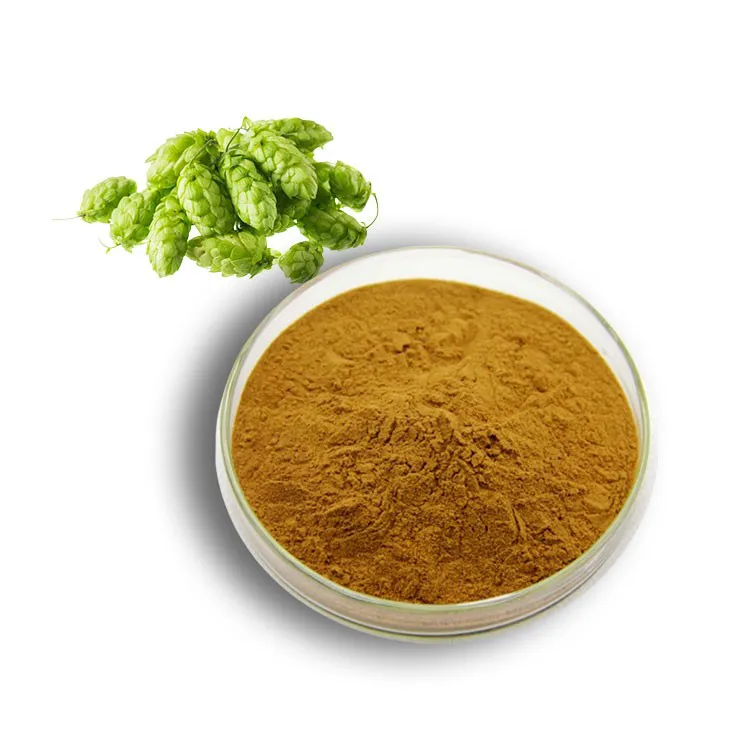- 0086-571-85302990
- sales@greenskybio.com
is lycopene polar
2023-09-27
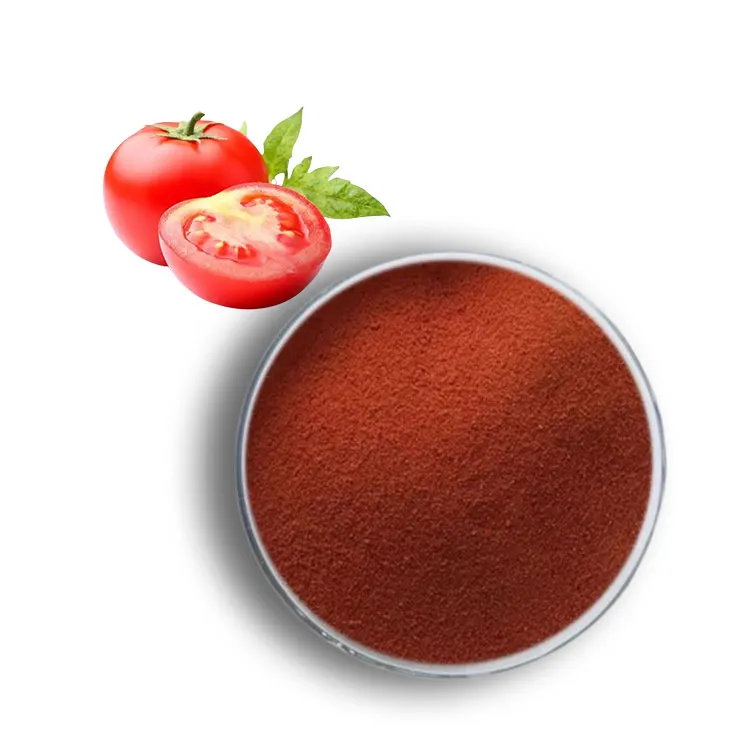
1. Chemical Structure of Lycopene
1. Chemical Structure of Lycopene
Lycopene is a naturally occurring carotenoid, which is a type of organic pigment found in many red fruits and vegetables, such as tomatoes, watermelons, and red carrots. It is known for its strong antioxidant properties and potential health benefits. The chemical structure of lycopene is a key factor in understanding its polarity and other properties.
Lycopene is composed of a long chain of carbon atoms with alternating single and double bonds, forming a series of conjugated double bonds. This chain is part of a larger structure known as a polyene, which is characterized by a series of alternating single and double bonds. The conjugated double bonds in lycopene give it its characteristic red color and contribute to its chemical properties.
The molecular formula for lycopene is C40H56. It is a lipophilic compound, meaning it is soluble in fats and oils but not in water. This is due to the nonpolar nature of the hydrocarbon chains that make up the majority of its structure. Lycopene is also an acyclic compound, meaning it does not have a ring structure.
In addition to the main chain of carbon atoms, lycopene also contains several methyl groups (-CH3) attached to the carbon chain. These methyl groups are also nonpolar and contribute to the overall lipophilic nature of the molecule.
Overall, the chemical structure of lycopene is characterized by a long chain of conjugated double bonds and nonpolar hydrocarbon chains, which give it its unique properties and functions in the body. Understanding this structure is important for exploring the polarity, solubility, and applications of lycopene in various contexts.
2. Polarity of Lycopene
2. Polarity of Lycopene
Lycopene is a naturally occurring carotenoid pigment that is responsible for the red color found in various fruits and vegetables, such as tomatoes, watermelons, and pink grapefruits. It is a powerful antioxidant and has been linked to numerous health benefits. Understanding the polarity of lycopene is essential for its chemical properties, solubility, and applications.
Polarity in chemistry refers to the distribution of electron density between atoms in a molecule. A polar molecule has an uneven distribution of electron density, resulting in a molecule with a positive end and a negative end. In contrast, a nonpolar molecule has an even distribution of electron density, with no distinct positive or negative ends.
Lycopene is a nonpolar molecule. This is due to its chemical structure, which consists of a long hydrocarbon chain with alternating single and double bonds. The molecule has a symmetrical arrangement of carbon and hydrogen atoms, which results in an even distribution of electron density across the molecule. This lack of polarity is a key factor in determining lycopene's solubility and interactions with other molecules.
The nonpolar nature of lycopene means that it is more soluble in nonpolar solvents, such as lipids and oils, rather than polar solvents, such as water. This property is important for its absorption and transport in the body, as well as its use in various applications, such as food coloring and supplements.
In summary, lycopene is a nonpolar molecule due to its symmetrical chemical structure and even distribution of electron density. This characteristic plays a crucial role in determining its solubility, interactions with other molecules, and its applications in various fields. Understanding the polarity of lycopene is essential for harnessing its potential benefits and optimizing its use in different contexts.
3. Factors Influencing Lycopene's Polarity
3. Factors Influencing Lycopene's Polarity
Lycopene, a naturally occurring pigment found in various red fruits and vegetables, is a carotenoid that contributes to their vibrant color. The polarity of a molecule is determined by the distribution of electron density across the molecule, which is influenced by several factors. In the case of lycopene, these factors include:
Molecular Structure
Lycopene is composed of a long chain of alternating single and double bonds, with two methyl groups attached to each end of the molecule. This structure results in a nonpolar nature due to the even distribution of electrons across the conjugated double bonds. The presence of these double bonds creates a delocalized electron cloud, which reduces the polarity of the molecule.
Conjugated System
The conjugated system in lycopene, which consists of alternating single and double bonds, plays a significant role in its polarity. Conjugation leads to the delocalization of electrons, creating an electron cloud that extends across the entire molecule. This electron delocalization reduces the polarity of the molecule, making it less reactive and more stable.
Hydrophobicity
Lycopene is a hydrophobic molecule, meaning it is repelled by water and does not dissolve well in aqueous solutions. This hydrophobic nature is a result of its nonpolar structure, which lacks polar functional groups such as hydroxyl (-OH) or carboxyl (-COOH) groups. The absence of these polar groups contributes to lycopene's overall nonpolar character.
Molecular Size
The size of a molecule can also influence its polarity. In the case of lycopene, its relatively large size and extended structure contribute to its nonpolar nature. The increased distance between the ends of the molecule reduces the overall polarity, as the electron density is more evenly distributed.
Presence of Substituents
While lycopene itself does not have many substituents, the presence of functional groups or other molecules attached to the lycopene structure can influence its polarity. For example, if a polar group such as a hydroxyl group were to be attached to lycopene, it would increase the molecule's polarity.
Environmental Factors
External factors such as temperature, pH, and the presence of other molecules can also influence the polarity of lycopene. For instance, changes in temperature can affect the electron distribution within the molecule, altering its polarity. Similarly, the presence of other polar molecules can induce polarity in lycopene through interactions such as hydrogen bonding or dipole-dipole interactions.
In summary, the polarity of lycopene is primarily influenced by its molecular structure, conjugated system, hydrophobicity, molecular size, presence of substituents, and environmental factors. Understanding these factors is crucial for optimizing the solubility, stability, and bioavailability of lycopene in various applications and formulations.
4. Lycopene's Solubility in Different Solvents
4. Lycopene's Solubility in Different Solvents
Lycopene, a naturally occurring carotenoid found predominantly in tomatoes and other red fruits and vegetables, is known for its antioxidant properties and potential health benefits. However, its solubility in various solvents is a critical factor that influences its bioavailability, stability, and applications in different industries. This section will explore the solubility of lycopene in different solvents and the factors that affect it.
4.1 Solubility in Polar Solvents
Lycopene is a nonpolar molecule due to its lipophilic nature, which means it is not very soluble in polar solvents such as water. This is because polar solvents interact with polar molecules through dipole-dipole interactions and hydrogen bonding, which are not present in nonpolar molecules like lycopene. As a result, lycopene tends to have low solubility in water and other polar solvents.
4.2 Solubility in Nonpolar Solvents
In contrast to its low solubility in polar solvents, lycopene exhibits higher solubility in nonpolar solvents. Examples of nonpolar solvents that can dissolve lycopene include hexane, chloroform, and dichloromethane. These solvents do not have strong intermolecular forces, allowing lycopene to dissolve more readily.
4.3 Solubility in Organic Solvents
Organic solvents, such as ethanol, acetone, and ethyl acetate, can also dissolve lycopene to some extent. The solubility in these solvents is influenced by the solvent's polarity and the presence of functional groups that can interact with lycopene.
4.4 Solubility Enhancement Techniques
To improve the solubility of lycopene in various solvents, several techniques can be employed:
- Emulsification: Mixing lycopene with surfactants can create an emulsion that increases its solubility in water.
- Complexation: Forming complexes with cyclodextrins can enhance the solubility and stability of lycopene in aqueous solutions.
- Nanoencapsulation: Encapsulating lycopene in nanoparticles can improve its solubility and bioavailability in different media.
4.5 Solubility and Lycopene's Applications
The solubility of lycopene in different solvents plays a crucial role in its applications across various industries:
- Food Industry: Enhanced solubility allows for the incorporation of lycopene into food products, improving their color and potential health benefits.
- Pharmaceutical Industry: Improved solubility can facilitate the development of lycopene-based supplements and medications.
- Cosmetics Industry: Solubility in various solvents is essential for formulating lycopene-containing cosmetic products.
4.6 Conclusion on Solubility
Understanding the solubility of lycopene in different solvents is essential for optimizing its use in various applications. While it is naturally insoluble in water, techniques such as emulsification, complexation, and nanoencapsulation can enhance its solubility. This knowledge is vital for the development of lycopene-based products that can deliver its health benefits effectively.
In the next section, we will delve into the applications of lycopene, exploring how its unique properties are harnessed across different industries.
5. Applications of Lycopene
5. Applications of Lycopene
Lycopene, a naturally occurring carotenoid, has gained significant attention due to its wide range of applications across various industries. Its unique chemical properties, including its potential polarity, have made it a valuable component in numerous products and processes. Here, we explore some of the key applications of lycopene:
Food and Beverage Industry:
Lycopene is widely used in the food and beverage industry as a natural colorant. Its vibrant red color is particularly appealing for products like tomato-based sauces, soups, and beverages. It also serves as a preservative due to its antioxidant properties, which help extend the shelf life of various food products.
Cosmetics and Personal Care:
In the cosmetics and personal care sector, lycopene is utilized for its antioxidant and anti-aging benefits. It is incorporated into skincare products, such as creams and serums, to protect the skin from environmental stressors and promote a youthful appearance.
Pharmaceuticals:
The pharmaceutical industry leverages lycopene for its health-promoting properties. It is used in supplements and medications aimed at enhancing cardiovascular health, improving skin health, and supporting the immune system.
Agricultural Products:
In agriculture, lycopene is used to enhance the nutritional value of crops. It is also employed in the development of biopesticides and as a natural coloring agent in livestock feed to improve the appearance of meat products.
Nutritional Supplements:
As a potent antioxidant, lycopene is a popular ingredient in nutritional supplements. These supplements are marketed to consumers looking to improve their overall health and well-being, particularly focusing on heart health and skin rejuvenation.
Sports Nutrition:
Athletes and fitness enthusiasts often seek out lycopene for its potential to reduce inflammation and oxidative stress, which can be beneficial for muscle recovery and performance enhancement.
Research and Development:
Lycopene's unique chemical structure and properties make it a subject of interest for ongoing research and development. Scientists are continually exploring new ways to harness its potential in various applications, including as a component in nanotechnology and as a target for drug development.
In conclusion, the applications of lycopene are diverse and expanding. Its potential polarity, along with its antioxidant and health-promoting properties, make it a valuable resource in multiple industries. As research continues to uncover more about lycopene's capabilities, its applications are likely to grow even further.
6. Health Benefits of Lycopene
6. Health Benefits of Lycopene
Lycopene, a powerful antioxidant found predominantly in red fruits and vegetables such as tomatoes, watermelon, and red grapefruit, has been the subject of numerous scientific studies due to its potential health benefits. The unique chemical structure of lycopene, which includes a long chain of conjugated double bonds, contributes to its antioxidant properties and its potential to positively impact human health in several ways.
Cardiovascular Health:
One of the most well-documented benefits of lycopene is its positive effect on cardiovascular health. Lycopene's antioxidant properties help to reduce inflammation and oxidative stress, which are key contributors to heart disease. Studies have shown that higher intakes of lycopene are associated with a reduced risk of coronary heart disease.
Cancer Prevention:
Lycopene's antioxidant and anti-inflammatory effects also make it a promising agent in cancer prevention. Research suggests that lycopene may help to reduce the risk of certain types of cancer, including prostate, lung, and stomach cancers. The exact mechanisms by which lycopene exerts these effects are still under investigation, but its ability to neutralize free radicals and modulate cell signaling pathways are likely contributors.
Skin Health:
The skin is constantly exposed to environmental stressors that can lead to oxidative damage and premature aging. Lycopene's antioxidant properties can help to protect the skin from these harmful effects, potentially reducing the signs of aging and improving skin health.
Vision Protection:
Lycopene is also found in the macula of the eye, and its antioxidant properties may help to protect the eyes from age-related macular degeneration, a leading cause of vision loss in older adults.
Bone Health:
Some studies have suggested that lycopene may play a role in maintaining bone health. It is thought that lycopene may help to regulate bone metabolism and protect against bone loss, although more research is needed in this area.
Immune System Support:
Lycopene's antioxidant and anti-inflammatory effects may also support a healthy immune system. By reducing oxidative stress and inflammation, lycopene may help to keep the immune system functioning optimally.
Neuroprotection:
There is emerging evidence that lycopene may have neuroprotective effects, potentially reducing the risk of neurodegenerative diseases such as Alzheimer's and Parkinson's. The exact mechanisms are still being explored, but lycopene's antioxidant and anti-inflammatory properties are likely to play a role.
In conclusion, the health benefits of lycopene are extensive and continue to be a focus of ongoing research. Incorporating lycopene-rich foods into your diet or considering lycopene supplements may offer a range of health benefits, from improving cardiovascular health to supporting the immune system. However, it is always recommended to consult with a healthcare professional before making significant changes to your diet or supplement regimen.
7. Conclusion
7. Conclusion
In conclusion, lycopene is a naturally occurring carotenoid with a complex chemical structure that features a series of conjugated double bonds. While it is not considered highly polar due to its nonpolar hydrocarbon chain, the presence of these double bonds does confer some level of polarity to the molecule. This polarity, along with other factors such as molecular size and the solvent's properties, influences lycopene's solubility in various solvents, with it being more soluble in nonpolar solvents like oils.
The applications of lycopene are diverse, ranging from its use as a natural colorant in the food and cosmetic industries to its potential role in pharmaceuticals. Moreover, the health benefits of lycopene are well-documented, with its antioxidant properties, potential to reduce inflammation, and association with a reduced risk of certain cancers and cardiovascular diseases.
Understanding the polarity and solubility of lycopene is crucial for optimizing its extraction, formulation, and bioavailability in various applications. As research continues to uncover more about the properties and benefits of lycopene, it is likely that its use will expand, offering a natural and beneficial alternative in many industries.
Overall, lycopene's unique chemical structure and properties make it an intriguing compound with a wide range of applications and health benefits. As our understanding of this carotenoid deepens, so too will our ability to harness its potential in various fields.
- ▶ Hesperidin
- ▶ Citrus Bioflavonoids
- ▶ Plant Extract
- ▶ lycopene
- ▶ Diosmin
- ▶ Grape seed extract
- ▶ Sea buckthorn Juice Powder
- ▶ Fruit Juice Powder
- ▶ Hops Extract
- ▶ Artichoke Extract
- ▶ Mushroom extract
- ▶ Astaxanthin
- ▶ Green Tea Extract
- ▶ Curcumin
- ▶ Horse Chestnut Extract
- ▶ Other Product
- ▶ Boswellia Serrata Extract
- ▶ Resveratrol
- ▶ Marigold Extract
- ▶ Grape Leaf Extract
- ▶ New Product
- ▶ Aminolevulinic acid
- ▶ Cranberry Extract
- ▶ Red Yeast Rice
- ▶ Red Wine Extract
-
Polygonum multiflorum extract
2023-09-27
-
Rosemary extract
2023-09-27
-
Lemon Juice Powder
2023-09-27
-
Curcuma Longa Extract
2023-09-27
-
Pine bark Extract Powder
2023-09-27
-
Bamboo Leaf extract
2023-09-27
-
Eyebright Extract
2023-09-27
-
Gynostemma pentaphyllum extract
2023-09-27
-
Hops Extract
2023-09-27
-
Aminolevulinic acid
2023-09-27











